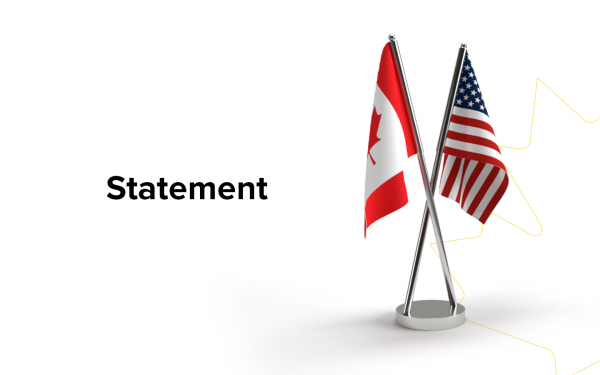Federal budget’s tricky navigation between looming recession and a green future
As published in the Toronto Star
The economic horizon must have been foreboding for Finance Minister Chrystia Freeland.
As she put together her third budget and the Trudeau Liberals’ seventh, it wasn’t just the now-usual pandemic spillover, inflation and the global strife that were on her mind.
Not too far off in the distance is also a growing probability of a deceleration in our economy, plus a giant sucking sound coming from the United States as it lures global investors into the clean economy. And of course, there’s the crisis du jour — market queasiness as the banking sector churns in the U.S. and Europe.
By the budget’s own admission, “the perceived likelihood of a soft landing has decreased.”
The Liberals have become adept at abandoning their best-laid plans to deal with compounding crises. But their response to this latest turn of events is unconventional to say the least.
Their own projections forecast a recession, albeit mild.
Finance Canada’s projections, which are based on private sector estimates, peg a decline in the size of the economy over the first nine months of this year, and just 0.3 per cent growth for the year as a whole.
In other words, we have stalled — stymied by a global economy that is not working well, ongoing inflation, and a sharp spike in interest rates that has started to bite borrowers hard.
The traditional remedy is to throw money at the economy in the form of stimulus spending.
And for sure, there’s a lot of spending in this budget — about $43 billion over six years, on par with the largesse we’ve come to expect from the Trudeau government, especially Freeland.
But it’s not framed as stimulus, nor is it designed to work that way.
Stimulus in the past has usually focused on infrastructure and construction, aiming to put people to work and tide them over until the economy rebounds. In recent downturns, governments have expanded their definition of stimulus to include anything that would create jobs right away.
But that’s not this budget, not even close. It actually looks right past the downturn in the offing and attempts to focus the new spending on projects and ambitions that won’t see major returns to the economy, or emissions, for years.
That’s partly because a stimulus program right now risks exacerbating the very inflation that both Freeland and the Bank of Canada are working to stifle. And it’s partly because there’s a conviction that the job market is resilient and won’t get hurt much in a downturn.
The main reason, however, is that Freeland’s eyes are focusing on the middle distance, orienting her fiscal tools at steering the Canadian economy toward a low-carbon future.
In the name of “friendshoring” and redirecting huge swaths of Canada’s private sector toward a low-emissions economy, Freeland clearly sees industrial policy as the biggest innovation of her third budget.
It’s a tough landscape.
Industrial policy at its theoretical best is government using its tools to create opportunity for the private sector in industries it considers strategically important to the wider economy.
This budget does indeed claim to do just that, setting up an $80-billion, decade-long system of investment tax credits, subsidies, financing and carbon pricing to lure multinational interest in cutting emissions and producing clean energy in a big way.
Freeland called it a “historic opportunity,” and referenced U.S. President Joe Biden’s description of “an inflection point in history — one of the kind that happens every five or six generations.”
But there are some hitches. For one, in a slowdown, a corporation’s ability to borrow and appetite to invest may not play out as hoped. Indeed, Ottawa expects corporate tax revenues to shrink a bit this year, a reflection of profitability as companies stare down high interest rates and persistent inflation. The government has recognized that Canada needs more than $100 billion a year in investment if the energy transition is to take hold, and strong, eager corporations with deep pockets are necessary to make it a reality.
And the prime example of industrial policy in action so far suggests that a light touch from the federal government is not the reality. Yes, I’m talking about Volkswagen, which Ottawa enticed to build a big, new battery plant in St. Thomas, Ont., but won’t yet say how big a subsidy package it offered the Germany auto manufacturer.
For sure, the global economy is changing, and it must change in order to confront climate change and tense geopolitics. Canada is experimenting with new ways to collaborate with the private sector, embrace the change and look for ways to bolster the country’s prosperity in the long run — all of which is exciting and appropriate.
What we don’t know about this experiment is how government policy focused on unlocking new flavours of business investment will help the broader economy grapple with the near-term grind of no growth. Nor do we know how much subsidy money the federal Liberals are willing to put on the line to pave the way.
This is an industrial policy that’s still just half-written, with a hazy view of how the future should unfold.











